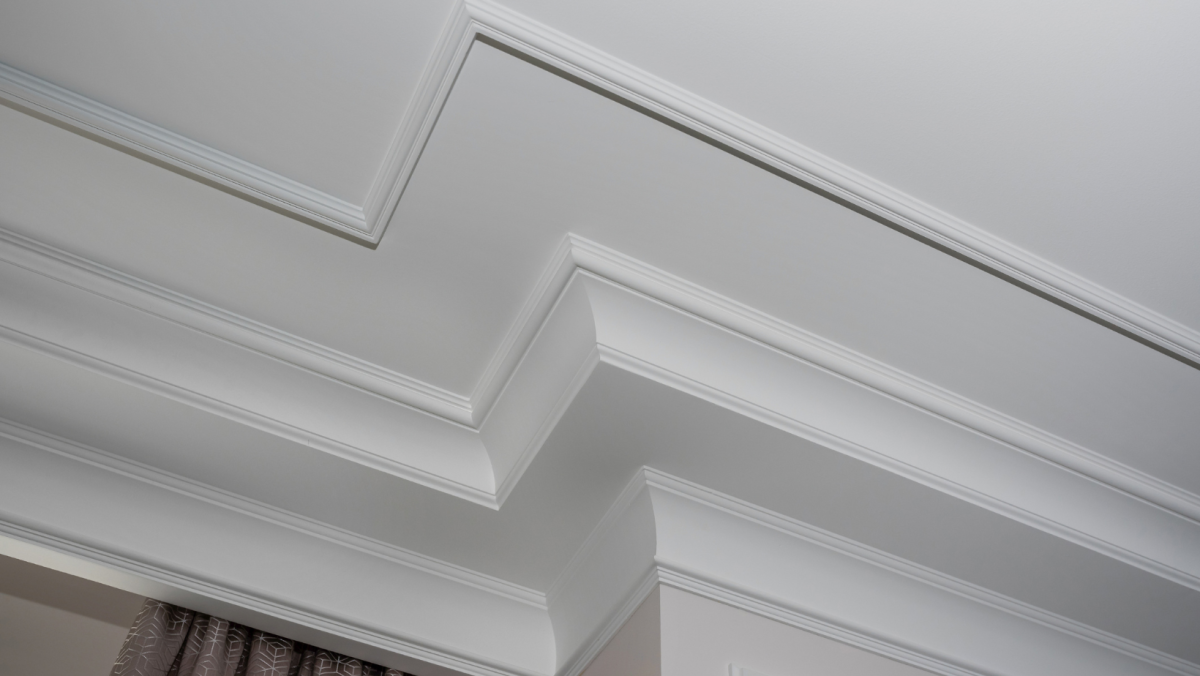So much of our lives are framed by moldings, from the baseboards edging our rich wooden floors, to the wainscoting enhancing our walls, to handsome cornices adorning our ceilings, decorative lintels atop our doors and the ornamental shapes which embellish our most exquisite entryways.
Moldings were used in ancient temples, one of the finest examples being Greece’s Parthenon which is graced with moldings topping its stately columns. Ancient Greeks were also known for their s-shaped moldings which are still in use throughout the world today. In fact, we also continue to enjoy the beauty of dentils, which are tooth-like in appearance; and moldings referred to as egg and dart, which meld perfectly around curved architecture – both which are prevalent in Paris and even our very own Philadelphia.
These creative castings survived the fall of Rome and made a resounding resurgence during the Italian Renaissance in the 1400s. In 17th and 18th Century England, decorative moldings made their way into building and home interiors. Soon after, the thriving industry of carved woodwork moldings was born. There were intricately carved moldings, mantels, staircases, as well as large, square, wooden panels, all of which gained popularity within the Victorian Era and can also be seen in abundance within charming towns such as Cape May, New Jersey and Fernandina Beach, Florida.
Molding, shaping our lives from ancient times and throughout history to the present, can be found at M & M Enterprises, the local lumberyard offering thousands of molding patterns from which to choose!

